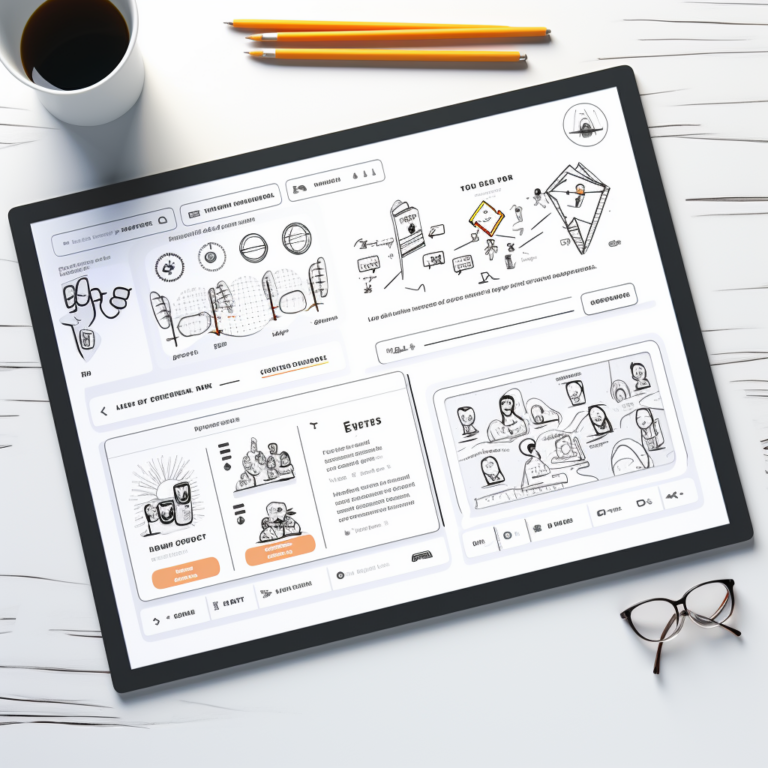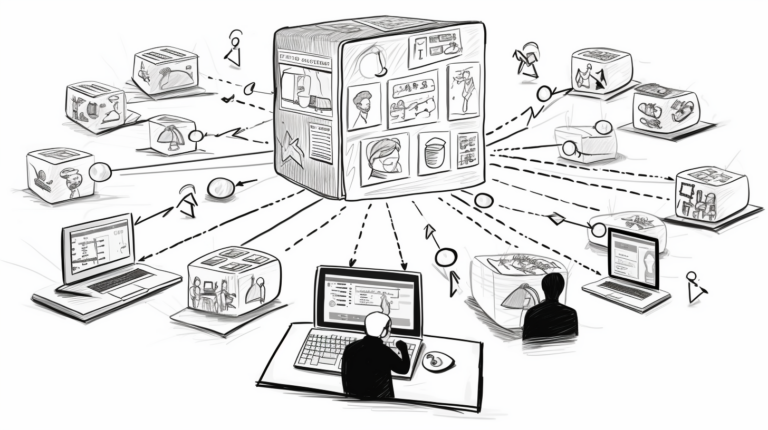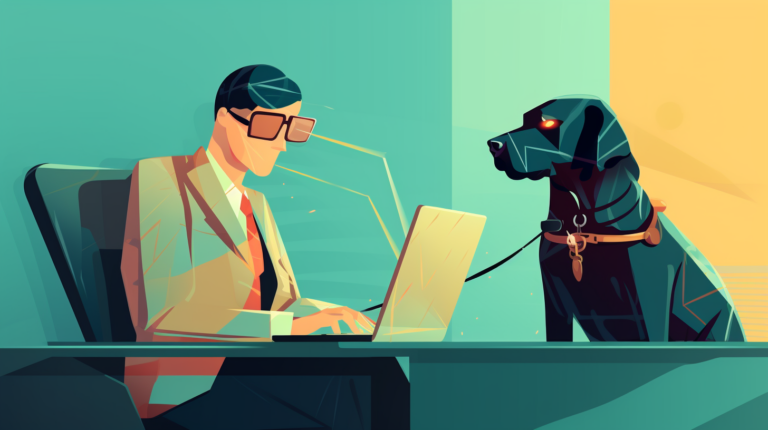Home Our Services Website Design Services in Australia
Transform Your Website with Professional UI/UX Design Services
Professional web design
Web design is the process of solving problems with strategy and creativity. It’s so much more than just making things pretty. No matter the brand, no matter the product, our designs are high quality, creative and unique user experiences for your site.
At Butterfly, our practice is guided by the principle of human-centred design, which means we consider people’s needs and behaviour as a priority. We actively involve stakeholders — employees, customers, experts, end-users – to help ensure the solution is feasible, viable and meets a range of needs.
We are based in Melbourne, Australia, but service the broader Australia region in designing beautiful, user-friendly websites for our clients. Have a look at our case studies and read some feedback from our clients.
Website Design
Our website design team creates a user-friendly, visually appealing site that drives credibility and engages customers. From concept to launch, we work with you to create a customised solution that reflects your brand and achieves your goals.
User Experience (UX)
Our website design team creates an exceptional user experience that increases conversions, engages users and differentiates you from the competition. From user research to usability testing, we guarantee a visually appealing, intuitive product that resonates with your target audience.
User Interface (UI)
Our website design team creates a user-friendly, visually appealing site that drives credibility and engages customers. From concept to launch, we work with you to create a customised solution that reflects your brand and achieves your goals.
Website Accessibility
Ensure every user has equal access to your website by making your website accessible to all users with our WCAG compliant accessibility service. Our expertise in accessibility design guarantees a user-friendly experience for individuals with disabilities, expanding your reach and reputation.
UX design
Design is a non-linear process and valuable insights can be gathered at multiple points to help redefine our prior understanding of the way things are. User experience (UX) refers to one’s overall experience when using a product or system. UX design is the process of researching and evaluating how users interact with a system and working to create an exemplary experience, meeting the exact needs of the customer.
To understand user problems, we conduct quantitative and qualitative research and engage with users. Synthesising the research, we use co-design workshops to expand our findings and create user journeys and Information Architecture (IA) for the website. IA, represented by sitemaps and wireframes, serves as the foundational structure for testing and iterating to achieve a user-friendly interaction model.
Our depth of experience means that we are never starting from a blank page. By leveraging past experience and best practices, we deliver an expert solution in a timely fashion that will allow users to fully engage with the content on your website.
The UX Design Process

The UX design process for building a new website typically involves several stages:
- Research and Planning: Involves gathering information about the business and target audience to understand their goals, needs and preferences. It includes conducting user research, analysing competitors’ websites, and defining the project scope, goals, and objectives.
- Information Architecture: Creating a sitemap and wireframes to structure the website’s content and layout. It includes defining the navigation structure, organising content, and prioritising user needs.
- Wireframes: Creating low-fidelity visual representations of a website to outline its structure, layout, and functionality.
- Prototyping and Testing: Creating interactive prototypes and conducting usability testing to validate the design and identify potential issues. It includes creating clickable prototypes, conducting user testing sessions, and gathering feedback to refine the design.
The UI Design Process
The UI design process for building a new website typically involves several stages:
- Research and Planning: This phase involves gathering information about the organisation, brand, and target audience to understand their preferences, goals, and needs. It includes conducting research, analysing competitors’ websites, and defining the project scope, goals, and objectives.
- Style Guide Creation: This phase involves creating a visual style guide that defines the design elements such as colour, typography, imagery, iconography, and other visual assets that will be used throughout the website.
- UI Design Concepting: This phase involves creating multiple design concepts for the website’s pages based on the style guide. It includes creating rough sketches and mockups to explore different layout and design options that align with the user needs and business objectives.
- Prototyping and Testing: This phase involves creating interactive prototypes and conducting usability testing to validate the design and identify potential issues. It includes creating clickable prototypes, conducting user testing sessions, and gathering feedback to refine the design.
- Final Design: This phase involves refining the chosen design concept to a high-fidelity design that includes detailed design elements such as typography, iconography, colour scheme, imagery, and other visual assets that align with the brand identity and appeal to the target audience.

Website accessibility
Website accessibility refers to the practice of designing and developing websites that can be used by people of all abilities, including those with disabilities. The goal is to ensure that everyone, regardless of their physical or cognitive limitations, can access and interact with the content on your website. This is not only important from a moral standpoint, but it is also a legal requirement in many countries, including the United States.
One of the most widely accepted guidelines for website accessibility is the Web Content Accessibility Guidelines (WCAG). These guidelines provide a comprehensive set of recommendations for making websites more accessible to people with disabilities. By designing your site to meet WCAG, you can improve the user experience for all of your visitors, regardless of their abilities. This includes people with visual impairments, hearing impairments, motor disabilities, and cognitive impairments.
Butterfly can help you make sure your website is compliant with WCAG guidelines and accessible to all users. Our WCAG experts can help you create a website that is easy to use for everyone, including those with disabilities. Whether you’re looking to improve the user experience, expand your customer base, or stay in compliance with legal requirements, wecan help.
Why Choose Butterfly
Expertise in User Experience and Human-Centred Design
Butterfly has a team of experienced designers and developers who are dedicated to creating websites with exceptional User Experience. We use Human-Centred Design principles to ensure that every aspect of the website is designed with the user in mind, resulting in a website that is easy to use and navigate.
Commitment to Website Accessibility
We understand the importance of website accessibility for all users, regardless of their abilities. That’s why we prioritise website accessibility in all of our designs to ensure that your website is accessible to everyone, including those with disabilities. Our team is well-versed in WCAG guidelines and accessibility best practices to ensure that your website meets the highest standards of accessibility.
Professional and Reliable Service
At Butterfly, we take pride in our professionalism and reliability. We work closely with our clients to understand their needs and goals, and we deliver high-quality websites that exceed their expectations. Our team is responsive, communicative, and committed to delivering projects on time and within budget, making us a trusted partner for web design services.
UI/UX Design Frequently Asked Questions
How much do you pay someone to design a website?
The cost of website design can vary greatly depending on the complexity of the website, the experience of the designer, and the location. However, the average cost for a basic website design can range from $10,000 to $50,000, while more complex websites can cost upwards of $250,000.
What is included in website design services?
Website design services typically include creating the visual design, layout, and structure of a website, as well as developing and implementing any interactive features and functionality. This may include graphic design, user experience design, responsive design, content creation, and search engine optimization (SEO).
What are the best website design services?
The best website design services will depend on the specific needs and goals of the business or organisation. However, some important factors to consider when choosing a website design service include the designer’s experience and expertise, their portfolio of past work, their communication and collaboration skills, and their approach to user experience and search engine optimisation.
How do I hire someone to design my website?
To hire someone to design your website, you can start by researching and reaching out to individual designers or web design agencies. Look for designers with a strong portfolio of past work and positive client reviews, and be sure to ask about their process, timeline, and pricing. You may also consider using freelance websites or job boards to find and hire a website designer.
Is it worth hiring someone to build a website?
Hiring someone to build a website can be worth the investment for businesses and organisations that want a professional, functional, and user-friendly website that can attract and retain visitors, improve online visibility, and drive conversions. A skilled website designer can also save time and ensure that the website is optimised for search engines and user experience.
How long should it take someone to build a website?
The timeline for building a website can vary depending on the complexity of the website, the experience of the designer, and the scope of the project. However, a basic website design can take anywhere from a few days to a few weeks, while more complex websites can take several months to complete.
How do I find someone to make my website?
To find someone to make your website, you can start by researching and reaching out to individual designers or web design agencies. You can also use freelance websites or job boards to find and hire a website designer.
Can I give feedback on the web design as it's being built?
Yes, most website designers will welcome feedback and collaboration during the website design process. This can help ensure that the final product meets the needs and expectations of the business or organisation.
How do I redesign my existing website?
To redesign an existing website, you will typically need to work with a website designer or web design agency to create a new visual design, layout, and structure for the website. This may involve updating content, features, and functionality as well. Be sure to communicate your goals and objectives clearly with the designer, and provide feedback and input throughout the design process.
What is SEO-friendly website design?
SEO-friendly website design refers to designing and developing a website with search engine optimization in mind. This includes optimising the website’s structure, content, and metadata for search engines, as well as ensuring that the website is responsive, mobile-friendly, and fast-loading.
How often should my website be updated?
The frequency of website updates can vary depending on the business or organisation’s needs and goals. However, it is generally recommended to update website content and features on a regular basis to keep the website fresh, relevant, and engaging for visitors. This may include adding new content, updating images and graphics, and improving website functionality and user experience.



